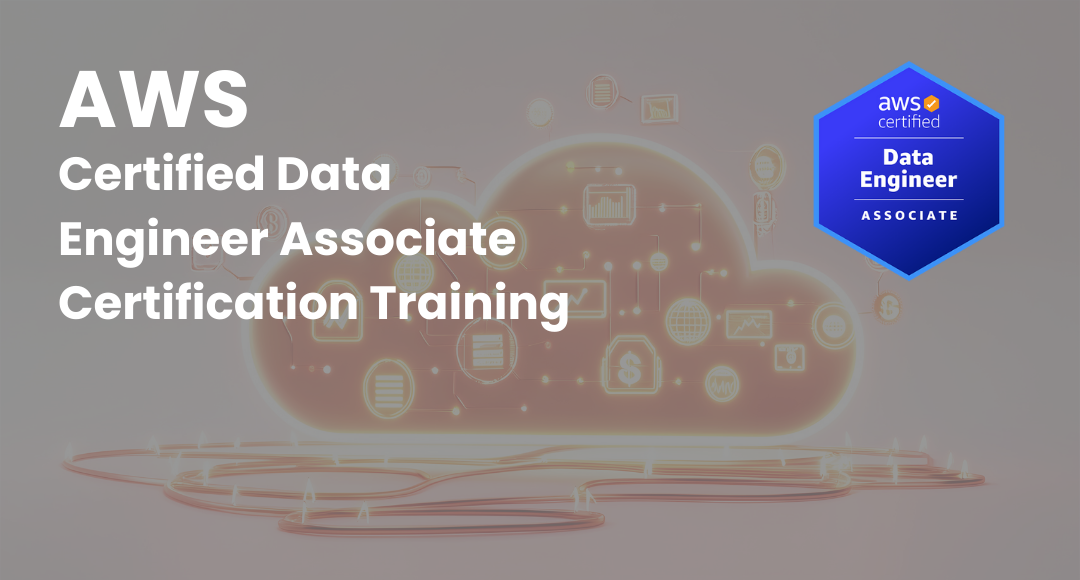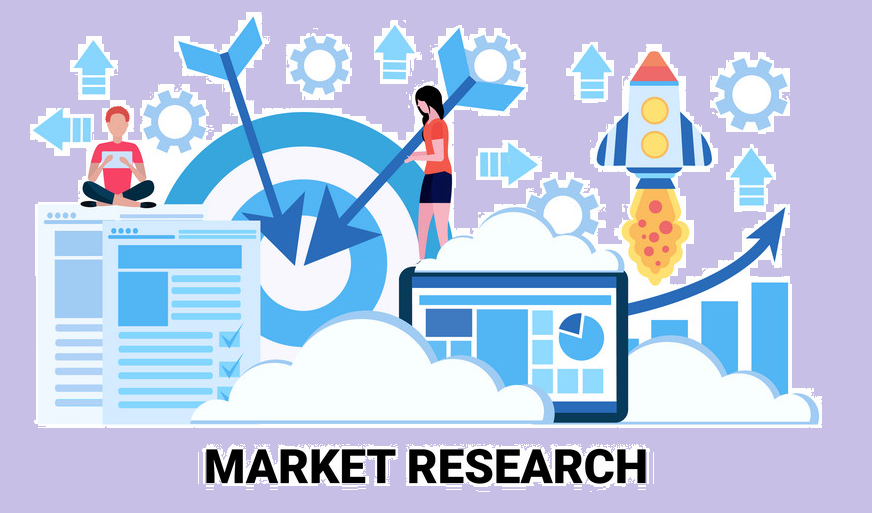Continuous Deployment Explained
-
 By Syed Irfan
By Syed Irfan - Published on Jul 14 2023

Table of Contents
- Introduction to Continuous Deployment
- Continuous Integration and Continuous Deployment
- Basic Steps for Implementing Continuous Deployment (CD)
- CICD Framework
- How to Implement a Continuous Delivery Pipeline for Your Startups?
- Types of Continuous Delivery Pipelines
- Pros & Cons of Using CI/CD to Speed up Your Development Process
- CI/CD Pipeline Tools: How to Choose and Use Them Effectively?
- 3 Reasons Why Continuous Integration is Critical for Your DevOps Pipeline
- Introduction to Advanced Continuous Delivery Tools
- Conclusion
Introduction to Continuous Deployment
Continuous Deployment (CD) is a software development process that enables software developers to deploy new versions of their applications to users’ computers as they are working on them, rather than waiting for a complete build to be ready.
Read more about Agile Software Project Management.
This process helps reduce the time it takes to release new features and fixes and improve the quality of the application by allowing for early feedback from users.
There are several benefits of Continuous Deployment:
☑ It helps speed up the development process by allowing for more frequent releases.
☑ It allows for better communication between developers and users, as changes are made in life as they are developed.
☑ It reduces the risk of introducing bugs into the application during deployment.
Continuous Integration and Continuous Deployment
CI/CD is a practice that helps to ensure that all changes to a source code repository are tested before they are merged into the main branch. This process helps avoid buggy software releases, allowing developers to track changes quickly.
CICD stands for Continuous Integration and Continuous deployment which are two crucial software development processes that help developers keep their code base up-to-date and improve the quality of their applications.
CI/CD is a practice that allows developers to automate the build, test, and deploy process for their applications. This helps ensure that the code base is always stable and can be deployed quickly to multiple environments. CICD build work as a continuous process, which is a best practise for devops and agile development.
The benefits of using CI/CD include:
☑ Increased productivity due to faster feedback cycles and better communication between team members.
☑ Reduced errors due to automated testing and better code quality.
☑ Improved morale due to happier developers who can work on projects they are passionate about.
☑ Improved quality control.
☑ Reduced time spent on defects.
☑ Increased speed of development.
Basic Steps for Implementing Continuous Deployment (CD)
To implement CD at your company, you will need to follow these 5 basic steps:

- Create a plan - Start by creating a plan for implementing Continuous Deployment in your business. This includes determining what needs to be done, who will do it, and when it will be done.
- Assess the situation - Once you have created your plan, assess the current state of your company's CD policies and procedures. This will help you determine where changes or updates are needed.
- Develop a strategy - Next, develop a strategy for implementing Continuous Deployment in your business. This includes identifying which tools and resources you will need, setting timelines, and developing protocols for monitoring and measuring results.
- Implement - Finally, put into action your strategy by implementing the appropriate tools and resources. This may include training employees on new policies and procedures, setting up systems to track data, and more.
If you're looking to implement Continuous Deployment at your company, these six steps will help get you started:
- Identify the types of data that need to be protected.
- Assess the risk associated with each type of data.
- Create a plan for data protection and backup procedures.
- Implement and enforce data protection policies.
- Train employees on data protection principles and procedures.
CICD Framework
A continuous integration & continuous development (CI-CD) framework is a software development process that automates the building and testing of software components as they are developed.
The benefits of using a CICD framework include:
☑ Reduced cycle time – CI and CD frameworks automate the build, test, and deploy processes, significantly reducing the period it takes to develop and deploy new features. The ci cd cycle helps in creating a routine to deliver changed code more frequently and consistently.
☑ Improved quality – By continuously testing code changes against previous versions, you can catch errors and problems early in the development process, leading to better-quality products.
☑ Increased productivity – By automating common tasks, CI&CD frameworks can help developers work more productively by reducing their time on manual tasks.
How to Implement a Continuous Delivery Pipeline for Your Startups?
A Continuous Delivery Pipeline (CDP) is a set of practices and tools that help developers release software reliably and on time. It enables fast, continuous delivery of new features and updates to your users while minimizing the risk of defects. A Continuous Delivery Pipeline (CDP) is a set of processes and tools that allow you to deliver software products faster and with fewer errors.
There are several steps that you need to take to implement a CDP for your startups:
- Define the product or feature that you want to deliver.
- Choose the right technology stack for your product.
- Build a pipeline that automates the process of building, testing, and releasing your product.
- Train your team to use the pipeline and deploy changes efficiently.
You need to do a few things to implement a Continuous Delivery Pipeline for your startups.
The foremost thing that you need to do is set up an automated build and deployment process. This process should include the following steps:
- Automate source code compilation using a Continuous Integration (CI) tool.
- Automating the testing of the compiled code using a Quality Assurance (QA) tool.
- Automate the tested code deployment using a Deployment Manager (DM) tool.
- Allowing developers to deploy changes automatically to servers using an application delivery controller (ADC).
- Monitoring and logging changes made to deployed applications.
- Notifying stakeholders about changes made to deployed applications.
There are many benefits of implementing a CDP for your startups, including:
☑ Reduced development time: A CDP helps you build and deploy software quickly and without compromising quality.
☑ Increased reliability: A well-built CDP ensures that your products are released on time and without any errors.
☑ Improved customer satisfaction: By automating the delivery process, you can ensure that your customers receive high-quality products every time.
☑ Reduced stress levels: Implementing a CDP can help reduce the stress involved in running a startup.
The objective of a continuous delivery pipeline is to ensure that your software applications are always available and up-to-date so that you can minimize the risk of disruptions and improve the quality of your products.
To create a safe continuous delivery pipeline, you need to follow some key steps:
- Define the end goal: The first step is to define the end goal for your Continuous Delivery Pipeline. This will help you identify all the necessary steps to get there.
- Identify the stages in the process: Once you have identified your end goal, it is time to identify all the stages in the process that are necessary to get there.
- Create automated tests: Automated tests are essential for verifying that each stage in your pipeline meets your defined requirements.
- Implement changes: Once you have verified that each stage in your pipeline meets your requirements, it is time to implement any required changes.
- Continuously monitor and maintain your pipeline: Maintaining a Continuous Delivery Pipeline requires regular monitoring and maintenance so make sure you schedule regular checkups with your team members!
Types of Continuous Delivery Pipelines
There are many different kinds of pipelines out there, but the most common ones include:
☑ Delivery pipeline for web applications: This pipeline is used to deploy web applications. It includes tasks such as source control management, builds automation, and testing.
☑ Delivery pipeline for microservices: A microservice delivery pipeline is used to deploy and manage microservices. It includes tasks such as deployment, monitoring, and logging.
☑ Delivery pipeline for APIs: An API delivery pipeline is used to deploy APIs. It includes API design, development, testing, and documentation tasks.
There are a few things that you need to keep in mind when creating a safe continuous delivery pipeline:
- Have a clear understanding of the product or service that you are delivering.
- Make sure that all the stages of the delivery process are properly planned and executed.
- Use automated testing tools to ensure that the product is delivered as expected.
- Use monitoring and reporting tools to track the progress of your delivery pipeline and identify any issues early on.
- Continuously improve your processes and procedures to ensure that your delivery pipeline remains safe and efficient.
Pros & Cons of Using CI/CD to Speed up Your Development Process
CI/CD (Continuous Integration/Continuous Delivery) is a software development process that allows developers to work on the same codebase in a collaborative environment. This helps speed up the development process by eliminating the need to repeatedly merge changes into the main branch of the code repository.
The main benefits of using CI/CD include:
☑ Reduced Development Time: By working on a single codebase, developers can reduce the time it takes to develop a new feature or fix an existing one.
☑ Improved Quality: With frequent commits and automated testing, code changes are more likely to be correct and bug-free.
☑ Increased Productivity: By allowing developers to work on multiple projects simultaneously, CI/CD flow can increase their productivity by up to 50%.
There are also some disadvantages of CI/CD, such as:
☑ Increased Risk of Bugs: Because changes are made frequently, there is a greater chance that bugs will be introduced. Automated tests can help mitigate this risk, but they cannot always catch all potential problems.
☑ Increased Risk of Conflicts: When multiple teams are working on the same codebase, conflicts may occur, leading to delays or even project cancellation.
☑ Requires More Coordination: Because CI/CD flow requires everyone involved in the project to be coordinated, it can be questioned to get everyone on board from the beginning.
CI/CD Pipeline Tools: How to Choose and Use Them Effectively?
Several different CI/CD pipeline tools are available on the market, and it can be difficult to determine which one is right for your organization. The best way to choose a CI/CD pipeline tool is to assess your current infrastructure. This will help you determine which features are most important to you.
After you have determined which features are most important to you, you can then look at the different options available and decide which one is best suited for your needs.
There are many CI/CD tools that are used for updating automated code in software projects. Some of the popular CI/CD tools include:

Reconnaissance
This CI/CD tool provides detailed information about your infrastructure, including performance data, incident reports, and configuration changes.
Jenkins
Jenkins is a popular open-source automation platform that can build, test, deploy, and monitor applications in a continuous integration (CI) environment. This CI/CD tool is self –contained Java based program.
SonarQube
SonarQube is an enterprise quality assurance (EQA) software that helps organizations identify defects in their software code before they reach users.
JIRA
JIRA is an open-source project management CI/CD tool used to manage projects and tasks. It includes issue tracking, version control, team collaboration, and reporting features.
GitLab
GitLab is a popular open-source project management platform that helps track changes, create branches, and deploy code to remote servers. It also includes issue tracking, code reviews, and wikis.
Bitbucket Server
Bitbucket Server is a free and open-source project management platform that includes source control, bug tracking, development environments, and more.
Some of the key features that you may want to consider when choosing a CI/CD pipeline tool include:
☑ The ability to handle projects from start to finish.
☑ The ability to track progress and milestones.
☑ The ability to create custom reports and dashboards.
☑ The ability to connect with other systems within your organization (such as accounting or marketing systems)
These factors include:
☑ The type of data that the tool can process.
☑ The flexibility of the tool.
☑ The ease of use of the tool.
☑ The price of the tool.
3 Reasons Why Continuous Integration is Critical for Your DevOps Pipeline
Continuous Integration (CI) is a software development process that helps to ensure that all the code changes are integrated and tested before they are deployed to the live environment.
☑ Reduced DevOps Costs: By automating the testing and integration process, you can reduce the time and resources required to deploy new code. This can save your organization money in the long run.
☑ Improved Quality Assurance: Automated testing ensures that your code is always stable and meets standards. This leads to fewer defects and improved quality overall.
☑ Faster Time-to-Market: By ensuring that code is always ready for deployment, you can speed up the time it takes to bring a new product to market.
If you're not using CI yet, there's no reason why you shouldn't start today. It's one of the most essential tools you have in your DevOps arsenal!
Introduction to Advanced Continuous Delivery Tools
Advanced Continuous Delivery (ACD) tools are critical for any organization that seeks to improve its delivery performance. They provide an automated way to manage and monitor the entire delivery pipeline, from development to production.
Some key benefits of using ACD tools include:

☑ Increased agility and speed: With ACD, organizations can quickly and easily deploy new features and updates across their entire platform with minimal disruption to users.
☑ Improved quality assurance: ACD tools help ensure that all changes are properly tested before they are deployed, which leads to improved product quality and fewer customer complaints.
☑ Reduced costs: By automating the entire delivery process, organizations can reduce the time and resources needed to deliver products or services.
☑ Increased customer satisfaction: By reducing the number of errors and miscommunications in the delivery process, ACD tools lead to increased customer satisfaction and loyalty.
Conclusion
Jenkins CICD pipeline is a continuous integration and delivery pipeline that automates building, testing, and deployment processes for Java applications. It supports multiple languages and technologies, such as Java, JavaScript, Ruby on Rails, Spring, Hibernate, and more. Jenkins CICD pipeline makes it easy to deploy changes to your codebase without manually building and deploying each time.
Jenkins CICD pipeline is software that helps you automate the process of creating, testing, deploying, and monitoring your applications. It also has features to manage and monitor your application environments.
Continuous Delivery (CD) is a new way of developing software that helps teams deliver software faster and more reliably. CD process is not a replacement for traditional development methods, but it does offer some advantages in certain situations. By making frequent small changes to your application and deploying them immediately, you can avoid any significant bugs or issues that might arise due to a large change. This also helps prevent regression bugs and security vulnerabilities that could make your system vulnerable to hackers.
To get started with CD process, you'll need to become familiar with the tools available for automating deployment. You can learn more about what tools are available in our blog post on this topic.
Check out DevOps Certification Training from Sprintzeal.
Sprintzeal is ATO (Accredited Training Organization) offering industry standards professional certification training. We offer plenty of Software Developer courses on IT security, Programming Languages, Cloud computing, and much more. Choose the right one for you and get started.
Subscribe to our Newsletters
Popular Programs
AWS Certified Solution Architect Professional
Live Virtual Training
- 4.1 (300 + Ratings)
- 71k + Learners
AWS Certified DevOps Engineer Certification Training
Live Virtual Training
- 5 (400 + Ratings)
- 24k + Learners
Microsoft Azure Administrator Associate AZ-104
Live Virtual Training
- 4.3 (560 + Ratings)
- 59k + Learners
Microsoft Azure Infrastructure Solutions (AZ-305)
Live Virtual Training
- 4.8 (560 + Ratings)
- 42k + Learners
Trending Posts
Top 3 Cloud Computing Service Models: SaaS | PaaS | IaaS
Last updated on Jan 30 2025
What is Private Cloud? - Definition, Types, Examples, and Best Practices
Last updated on May 3 2023
Cloud Engineer Roles and Responsibilities: A complete Guide
Last updated on Mar 30 2023
What Is Public Cloud? Everything You Need to Know About it
Last updated on May 10 2023
Impact of AWS Certification On Cloud Computing Jobs
Last updated on Nov 14 2025
A Step-by-Step Guide to Git
Last updated on Nov 29 2022
Categories
- Other 71
- Agile Management 48
- Cloud Computing 57
- Project Management 174
- Big Data 67
- Business Management 88
- Digital Marketing 81
- IT Service Management 29
- Programming Language 59
- AI and Machine Learning 85
- IT Security 112
- Quality Management 78
- IT Hardware and Networking 26
- Microsoft Program 5
- Workplace Skill Building 14
- Risk Management 9
- Information Security 8
- Leadership and Management 9
- Corporate Training and Development 1
Trending Now
Azure Vs Aws - Which Technology Is Better
ebookThe Impact of Internet of things on Marketing
ebookAWS Lambda - An Essential Guide for Beginners
ebookCareer in Cloud Computing or Cyber Security
ebookImpact of AWS Certification On Cloud Computing Jobs
ebookAmazon Certifications: List of Top AWS certifications in 2026
ebookAWS Interview Questions and Answers 2026
ebookAmazon Software Development Manager Interview Questions and Answers 2026
ebookAWS Architect Interview Questions - Best of 2026
ebookHow to Become a Cloud Architect - Career, Demand and Certifications
ebookWhat is Cloud Computing? - Fundamentals of Cloud Computing
ebookAWS Solutions Architect Salary in 2026
ebookAmazon EC2 - Introduction, Types, Cost and Features
ebookAWS Opsworks - An Overview
ebookAzure Pipeline Creation and Maintenance
ebookCI CD Tools List - Best of 2026
ebookTrends Shaping the Future of Cloud Computing
ebookDevOps Career Path – A Comprehensive Guide for 2026
ebookTop Kubernetes Tools in 2026
ArticleBenefits of Cloud Computing in 2026
ebookJenkins Interview Questions and Answers (UPDATED 2026)
ArticleA Step-by-Step Guide to Git
ArticleScalability in Cloud Computing Explained
ebookIoT Security Challenges and Best Practices-An Overview
ebookHow to Learn Cloud Computing in 2026 - A Brief Guide
ArticleCloud Engineer Roles and Responsibilities: A complete Guide
ebookTypes of Cloud Computing Explained
ArticleCloud Engineer Salary - For Freshers and Experienced in 2026
ArticleEssential Cybersecurity Concepts for beginners
ebookWhat is a Cloud Service - A Beginner's Guide
ebookTop 3 Cloud Computing Service Models: SaaS | PaaS | IaaS
ArticleWhat is Private Cloud? - Definition, Types, Examples, and Best Practices
ebookWhat Is Public Cloud? Everything You Need to Know About it
ArticleTop 15 Private Cloud Providers Dominating 2026
ebookWhat Is a Hybrid Cloud? - A Comprehensive Guide
ebookCloud Computing and Fog Computing - Key Differences and Advantages
ebookAzure Architecture - Detailed Explanation
ArticleMost Popular Applications of Cloud Computing – Some Will Shock You
ArticleTips and Best Practices for Data Breaches in Cloud Computing
ArticleWhat Is Edge Computing? Types, Applications, and the Future
ArticleMust-Have AWS Certifications for Developers in 2026
ArticleSalesforce Customer Relationship Management and its Solutions
ArticleCutting-Edge Technology of Google Cloud
ArticleSpotify Cloud: Powering Music Streaming Worldwide
ArticlePublic Cloud Security Checklist for Enterprises
Article12 Best Managed WordPress Hosting Services in 2026
ArticleLatest Azure Interview Questions for 2026
ArticleTop Coding Interview Questions in 2026
ArticleLatest Cloud Computing Interview Questions 2026
ArticleSafe file sharing for teams: simple rules that work
ArticleMy learning path to become an AWS Solutions Architect
ArticleClient Server Model—Everything You Should Know About
ArticleWhat Is Microsoft Azure? A Complete Cloud Computing Guide for 2026
ArticleDocker Tutorial for Beginners: Containers, Images & Compose
ArticleGit Merge vs Rebase: Differences, Pros, Cons, and When to Use Each
ArticleThe Invisible Infrastructure Powering Tomorrow’s Apps
Article


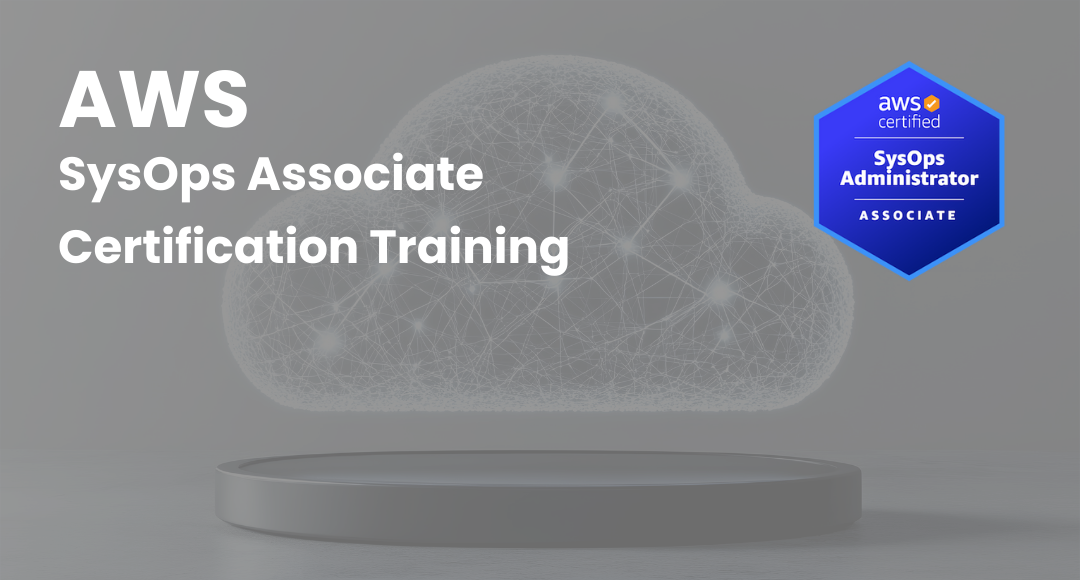

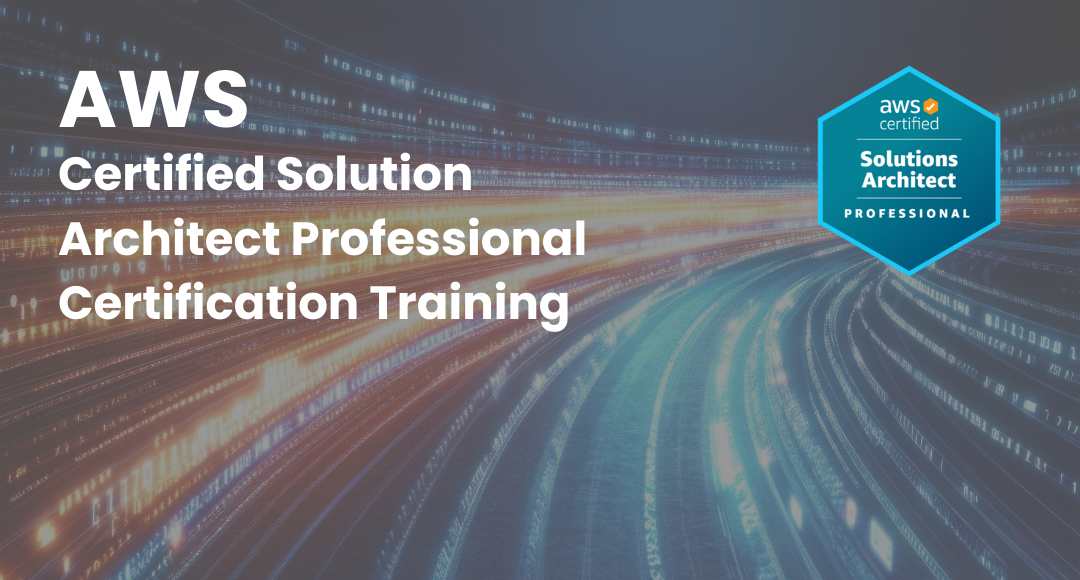


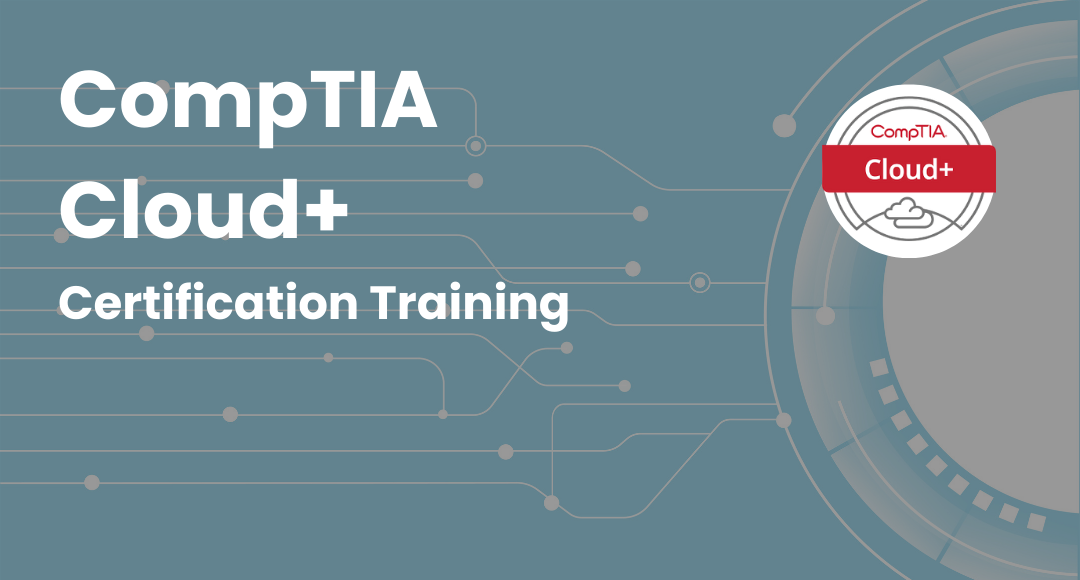
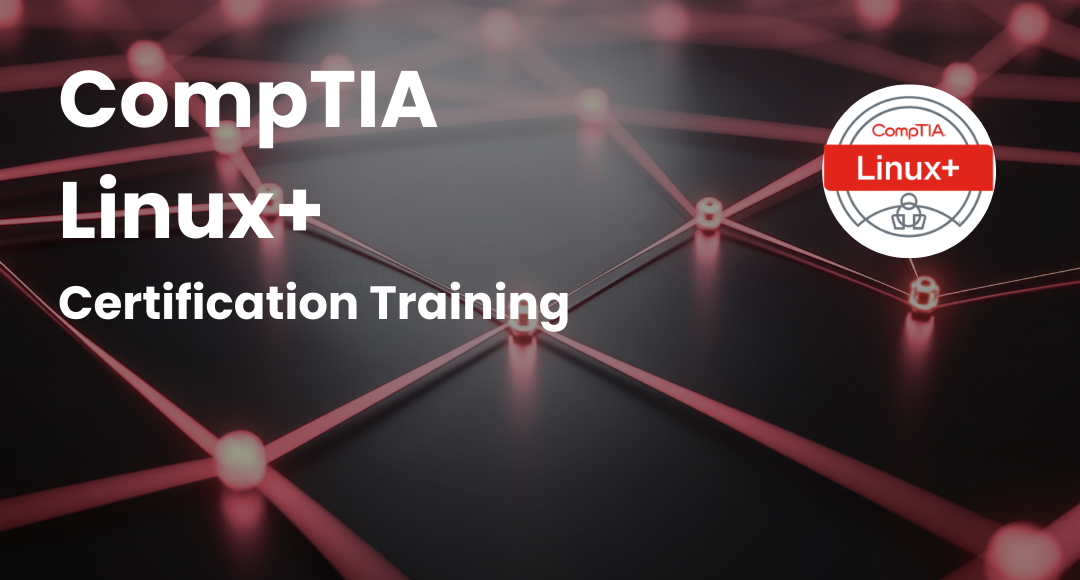
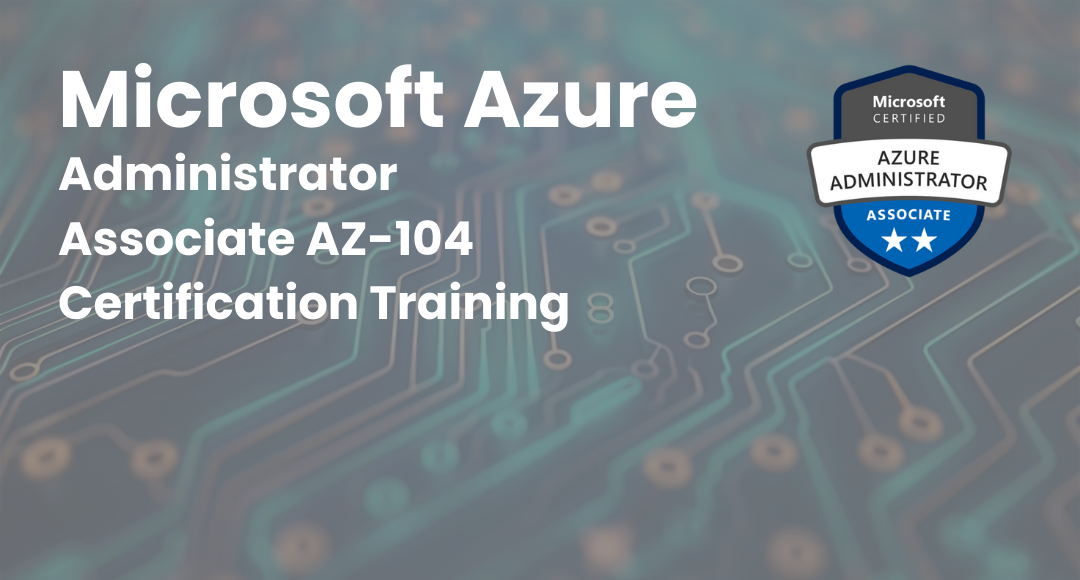
.png)
